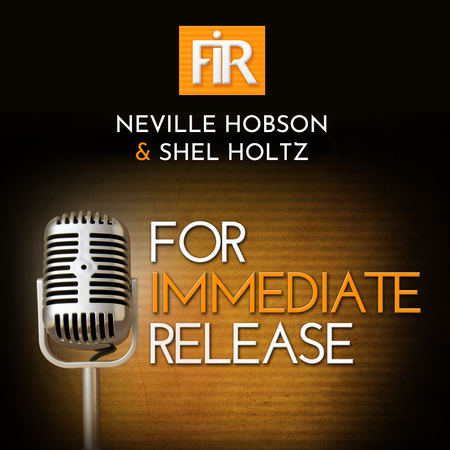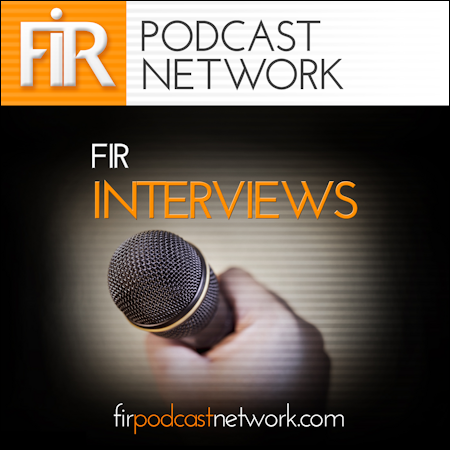
One of the scourges of modern connected times is the rise of so-called fake news, a phenomenon that’s invasive and pervasive and a driver of distrust about what you read, see and hear online as well as fear, uncertainty and doubt about the sources that publish it.
And not only such reactions upon immediate discovery, but also the unwitting spread of fake news by those who publish, talk about or share such content without knowing it’s false.
It’s not new by any means – in the pre-internet days, it was called propaganda. Today, though, with the vast connectedness with others we enjoy via the global internet, it is so easy to amplify falsehoods, wittingly or unwittingly, with a quick retweet here and a Facebook share or like there.
Add to this the overt and covert acts of states, corporations with hidden agendas, political activists with multiple agendas, and anyone with a subjective view and an internet connection, and it’s not hard to see that we’re in a time of ongoing distrust.
But with the rise of such a scourge comes increasing awareness by people online that what you see too often isn’t what you actually get. More people no longer blindly trust what they see online. And in many respects, awareness-raising activities by media organizations and social networks mean that it’s getting easier to check news and other content online to see if it’s fake or not.
All well and good, but it’s hardly simple or easy for many users to know what to do, or how to spot what’s fact and what’s fake.
Among organizations criticised for doing too little to combat the spread of fake news is Facebook, a place online that many people regard as the number one source to go to for news and information about what’s going on in the world (and hence why I would describe Facebook as a media organization as much as a social network).
Indeed, in May last year a Pew Research report showed that more than 40 percent of American adults get their news on Facebook as opposed to traditional media platforms such as TV or newspapers.
10 steps for spotting fake news
Yesterday, Facebook turned a bright spotlight on the topic of fake news with an awareness-raising advertising campaign in the UK mainstream media as well as highlighting how to spot and report fake news on its network.
Its ad campaign lists ten steps you can take to check for and spot fake news:
- Be skeptical of headlines
- Look closely at the URL [web address]
- Investigate the source
- Watch for unusual formatting
- Consider the photos
- Check the date
- Check the evidence
- Look at other reports
- Is the story a joke?
- Some stories are intentionally false [satirical]
Those ten steps are part of a comprehensive set of explanatory information in Facebook itself that members can access for help on the topic (and note how Facebook refers to it as “false news” rather than “fake news”).

These tips are helpful no matter what you use online for getting your news and information.
So now you know how to spot fake news. When you find it, then what?
Reporting it on Facebook
Last year, Facebook introduced a means for users to identify fake news in their News Feed and then report it as these screenshots illustrate.
If you’re in one of the countries where this feature has rolled out, you’re able to tap or click the upper right-hand corner of a post, which produces a menu with a choice to “Report this post.” Tapping or clicking that choice produces the pop-ups shown below where you can state why you wish to report that particular content.
You’ll see in the left-hand screenshot an option for “It’s a fake news story.” You then get the second screen where you make your reporting-action choice.

(Curious that here, Facebook says “fake news” rather than “false news.”)
It’s a good step Facebook has taken although I wonder how robust or trusted any reports actually will be when it’s left to users of Facebook to make a determination on what is fake news: one man’s definition of fake news might be another’s listicle post to share.
Plus you have to travel through quite a few taps or clicks to get to the reporting process, which might be a challenge to many.
But Facebook has taken an initiative to address the real problem of fake news by raising awareness through its ad campaign, providing some explanations of the topic and the means to report it. Now it’s up to each of us to make use of the reporting methods to actually do our part in combating this scourge.
Related reading:
- Facebook shuts down tens of thousands of accounts in crackdown on fake news ahead of UK election (Daily Mirror)
- Facebook deletes thousands of UK accounts in crackdown on fake news (The Telegraph)
- How can we combat fake news? – the role of platforms, media literacy, and journalism (Reuters Institute)
- Fighting Fake News With Science (Bloomberg)
- Taking the fight against fake news to the classroom (Financial Times)
- Infographic: How ‘Fake News’ and Bogus Content Are Changing the Way Consumers Look at Brands (Adweek)












2 responses to “How to play your part in fighting fake news”
You are right, mostly the fake news can make people panic, i literally love the idea you explain.
[…] initiative on how to spot and report fake news on its […]